-
Posts
2,958 -
Joined
-
Last visited
-
Days Won
18
Content Type
Profiles
Forums
Events
Store
Downloads
Gallery
Posts posted by Surfson
-
-
I just picked up a collection of swords that includes a Minatogawa Masatada. It is quite well made, but I do have to agree that it has a certain quiet to it (shibui or nemui....it's a matter of taste). b
-
I don't know this seller, but he has a history of over 400 transactions and a 100% approval rate. He lists a 14 day money back return and will pay shipping. He also takes Paypal, so you can protect the transaction. Sounds completely reliable to me. Signature looks ok to me, but I haven't studied it and don't know if anybody bothers to fake this maker.
-
Hi, just bought a katana made by this man this weekend. I will post photos of the tang, the taikan entry and the blade this week. Cheers, Bob
-
With some inaccuracies, it looks to me like Bizen Kuni Chikatsugu
Nagasa __ sun, roku bun (this is the length of the blade)
Daikinko hyaku kan (I think) This is the value in gold pieces when the sayagaki was made.
It is probably not an appraisal but rather a labeling from a dealer that sold it.
-
I would like to add my voice to those extolling the organization of the show by Chris and Larry. Well done! Cheers, Bob
-
I'll be there. Plan to have a table, but mainly going for the shinsa. Stop and say hi. Cheers, Bob
-
Looks like a nice gunto in an excellent state of preservation. Clearly hand made by a smith with some skill. A nice sword to enjoy.
-
It could possibly be some sort of pin. The groove on the back may have accommodated a fastener.
-
Shocking! I think they said it was a Nambokucho blade as well. Yea, he didn't get the saya. In the US, he almost certainly would have been shot trying to rob a militaria store!
-
As to the number 59, it is written on the blade, but I believe that it is an arsenal production number, and has nothing to do with the confiscation of the blade. For starters, it's written in Japanese and not English. Others will know more about the numbering of tangs and its meaning.
-
Saw this tsuba on ebay a couple weeks ago, and meant to bid. It had ended by the time I remembered to run back to my computer. Well done, nice purchase!
-
Looks to me like a naginata naoshi zukuri, which, if I understand it correctly, is a sword made this shape intentionally to have the shape of a naginata naoshi. I think these were made frequently late koto, early shinto.
-
Thank you Morita San, this is a great description of the Roosevelt swords!
-
Hi All. Years ago, I saw a Japanese sword on the wall at Sagamore hill, Teddy Roosevelt's home in NY. It was given to him by the emperor when he brokered a peace between Japan and Russia at the end of the Sino-Russian war. Does anybody know who made the sword? Cheers, Bob
-
I believe that they are stylized bells.
-
Ed, it's a valid point, I believe. First, I agree with Bob, that it has been mounted, based on the copper in the nakago ana as well as the presence of a slightly different shade in the seppa dai and the marks from a seppa pointed out by Bob. I have had one person dismiss the tsuba as "Hamamono", which means kodogu for export in the Meiji period, but I think that the above evidence that it has been mounted makes that unlikely. As to your point, it has occurred to me as well, and it does seem like a waste of energy to put design that resides in the seppa dai. It does complete his sword however, and the thought may have been better to finish the art work than leave shorten the sword from the wrong end. I would encourage any opinions about whether the mei is good or not, and whether other members of the NMB would submit it for shinsa or not in Minneapolis. Cheers, Bob
-
-
With apologies, I haven't expressed myself well twice. The wikipedia image is actually carved wood, the famous Kamakura bori art. This is what I was referring to in my initial post. I actually find Kamakura bori tsuba to be relatively crude artistically (this is a matter of taste, not anything more for you K bori lovers!). As to the four suits, the inome looks like a heart in one position and upside down looks like the spear of the spade. Again, back to the bar.....
-
Rich, I agree that Choshu would be a good school for this, and I have quite a bit of Choshu, as it's one of my favorites. My reference to Kamakura bori referred more to the art than the school. Here's a link of kamakura bori carving with a very similar design motif. As to the deck of cards, which suit can't you find without a few drinks? Cheers, Bob
-
Richard, that beautiful tsuba still looks like hearts, spades, diamonds and clubs to me!
-
-
-
Is Robert Burawoy still involved in nihonto? Wasn't he in Paris?
-
Clive, I'm interested that you think of ayasugi hada as contrived. I myself find it to be truly appealing and amazing that the consistency of the grain was made with such fidelity. I once had a Dewa Gassan blade that had truly fabulous hada. While it is contrived in the sense that it was done intentionally, and presumably with no technical or functional merit beyond other grain patterns, wouldn't you agree that many types of hamon patterns are equally contrived? Certainly kikusui or fujiyama or other shinto patterns. That is to say that they were often done to be part of the "art" of the sword rather than solely for utilitarian reasons.


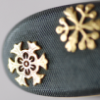
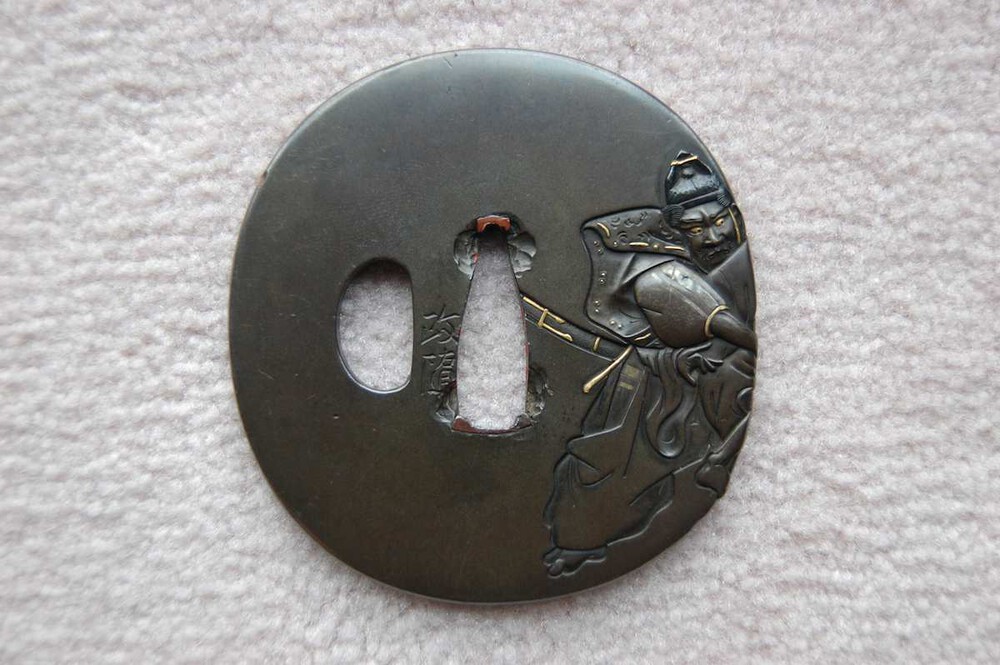
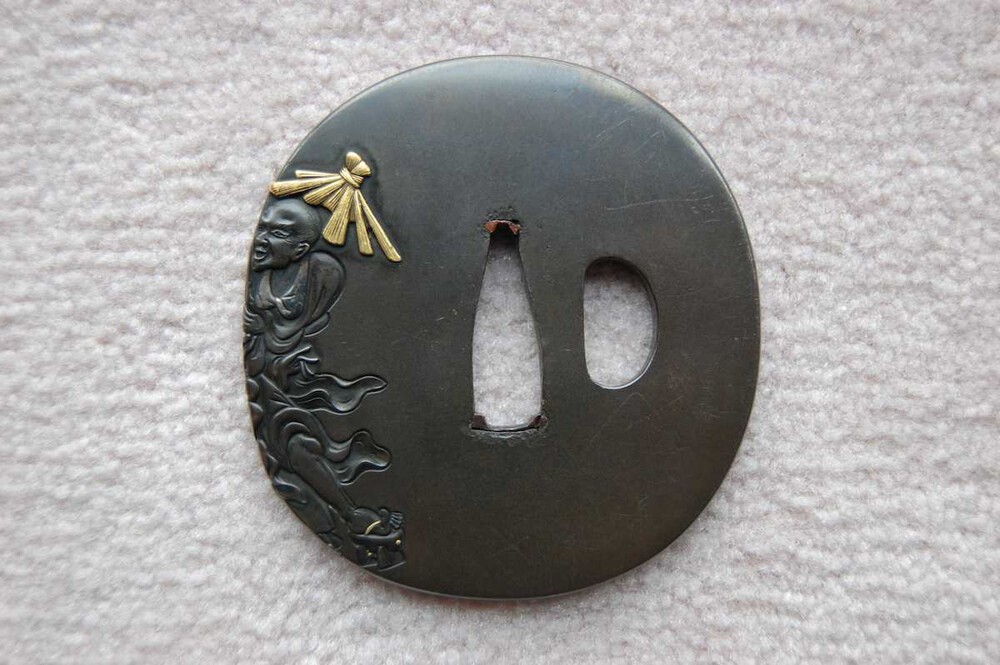
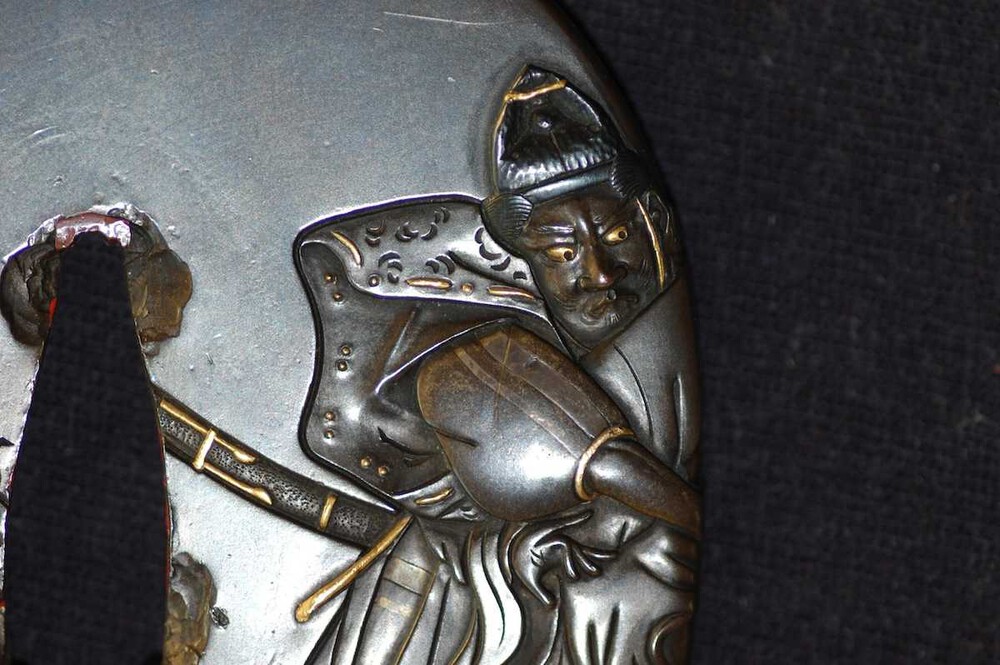
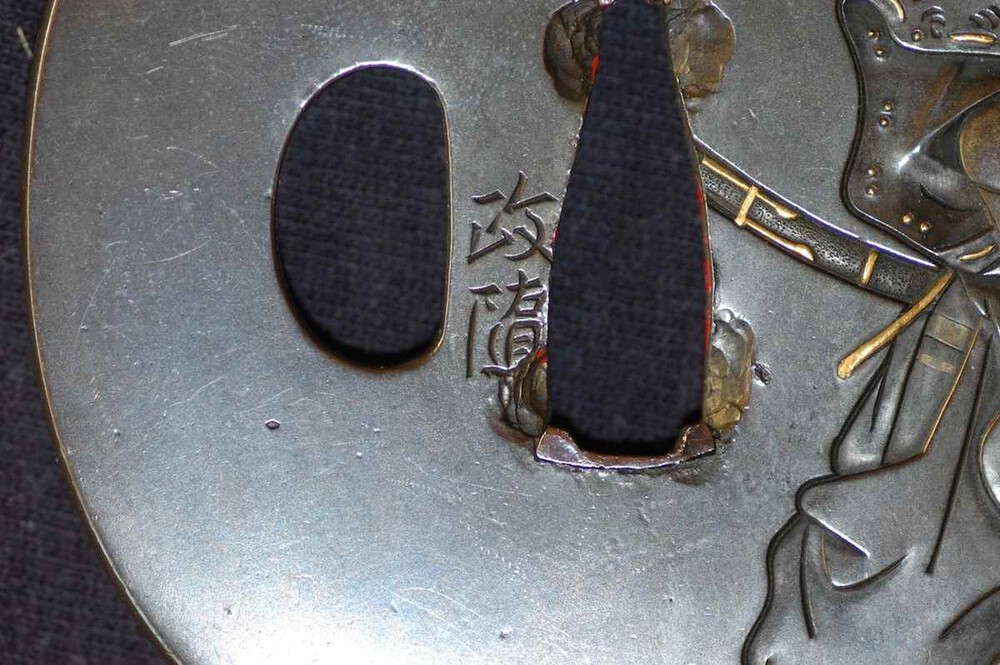
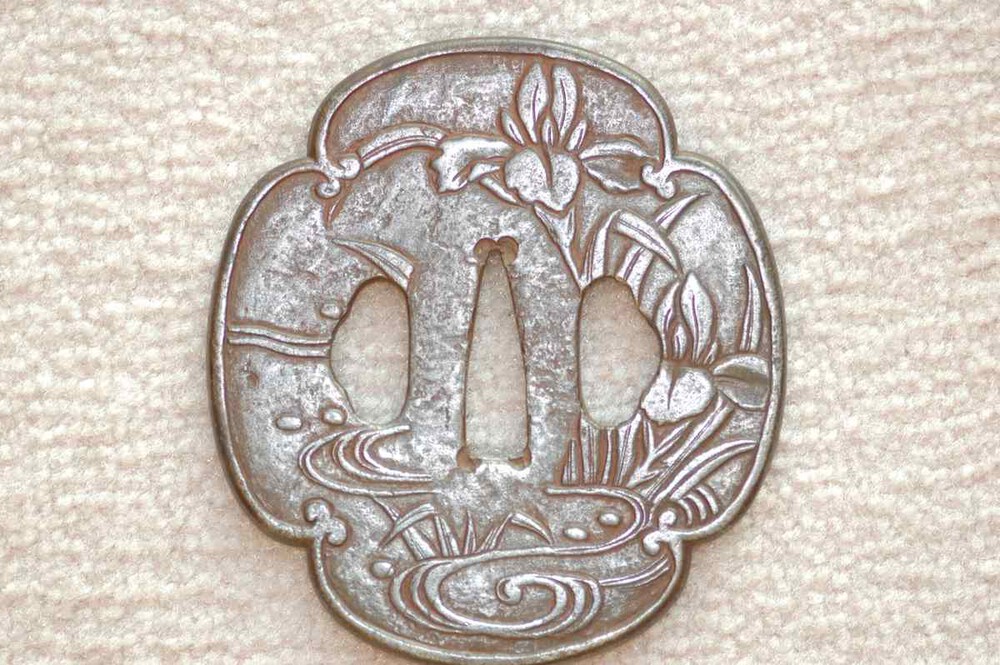
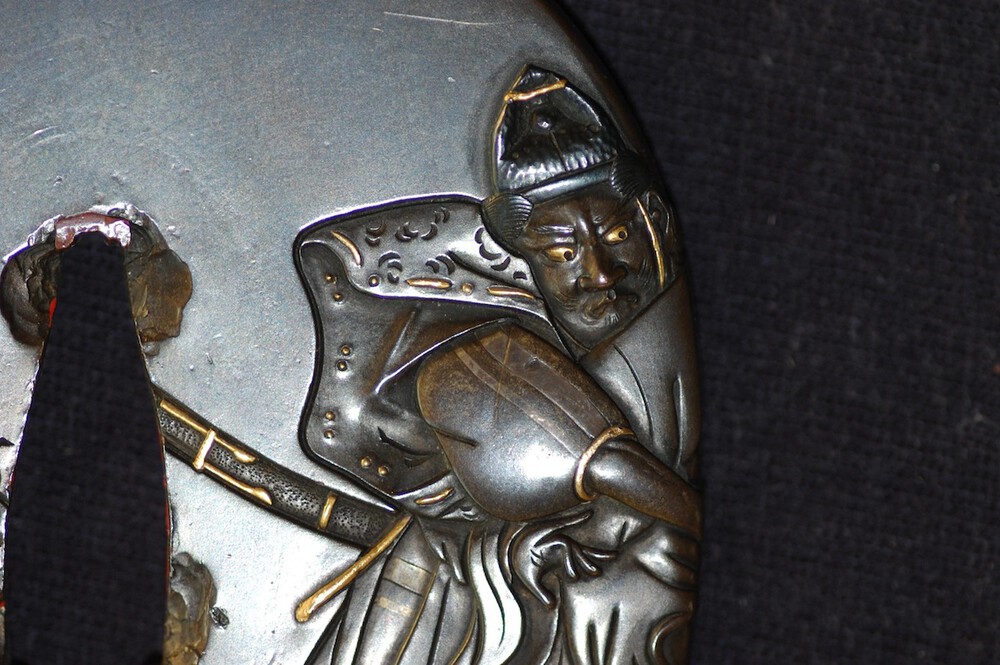
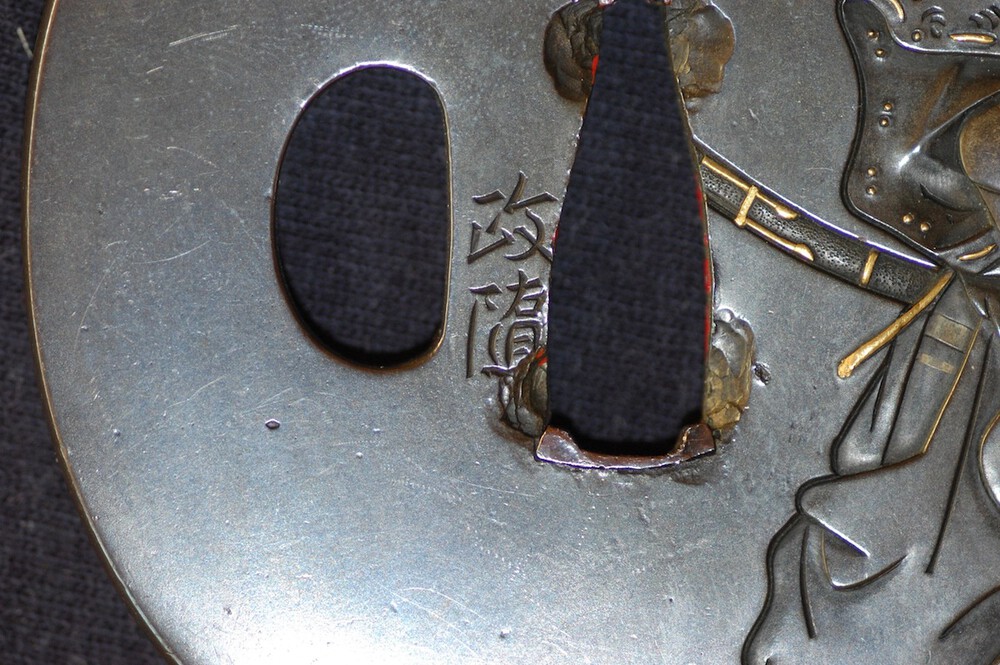
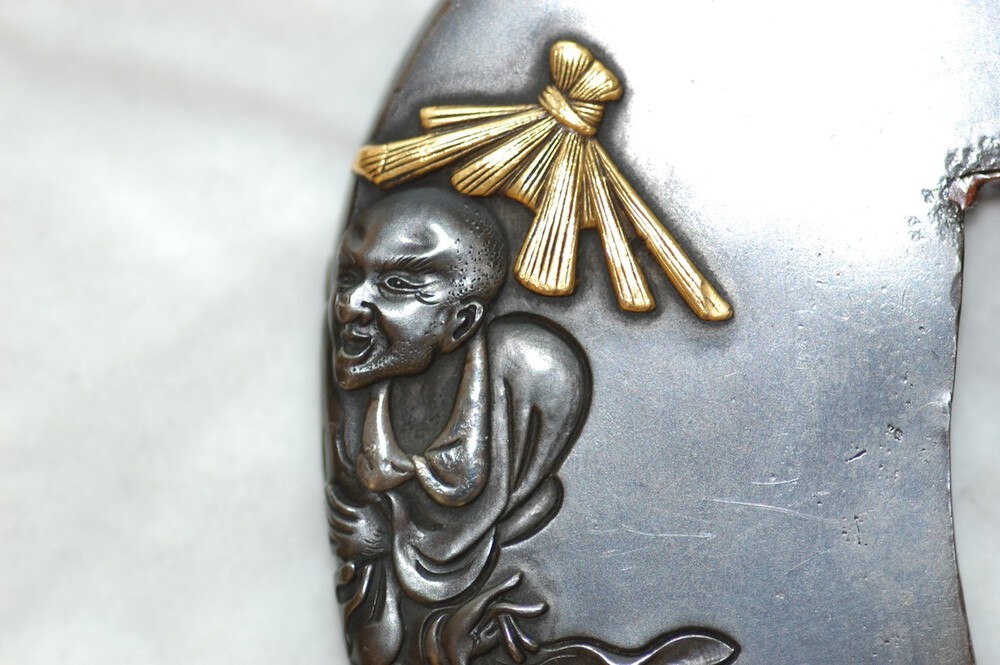
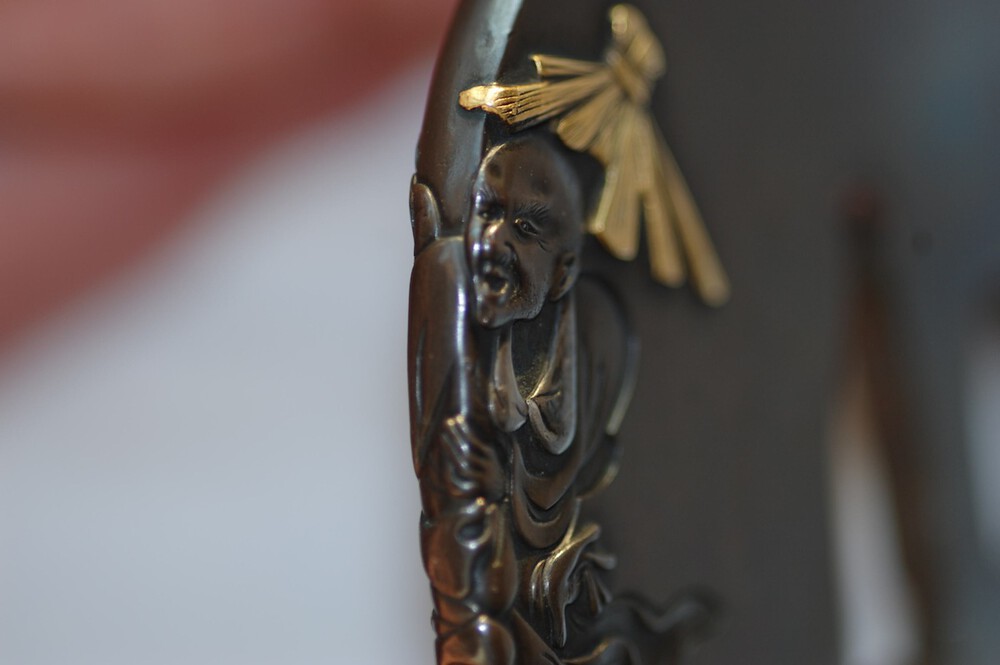
Trouble at the NBTHK...
in General Nihonto Related Discussion
Posted
Wow, this is amazing. I wonder if the NBTHK is going to slip from the perch of being the final arbiter of authenticity and quality in Japanese swords? Along those lines, might the NTHK (either one) ever give higher ranks of papers equivalent to tokubetsu hozon, juyo, tokubetsu juyo etc?